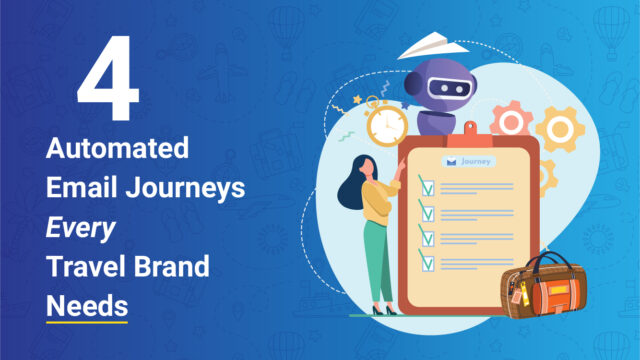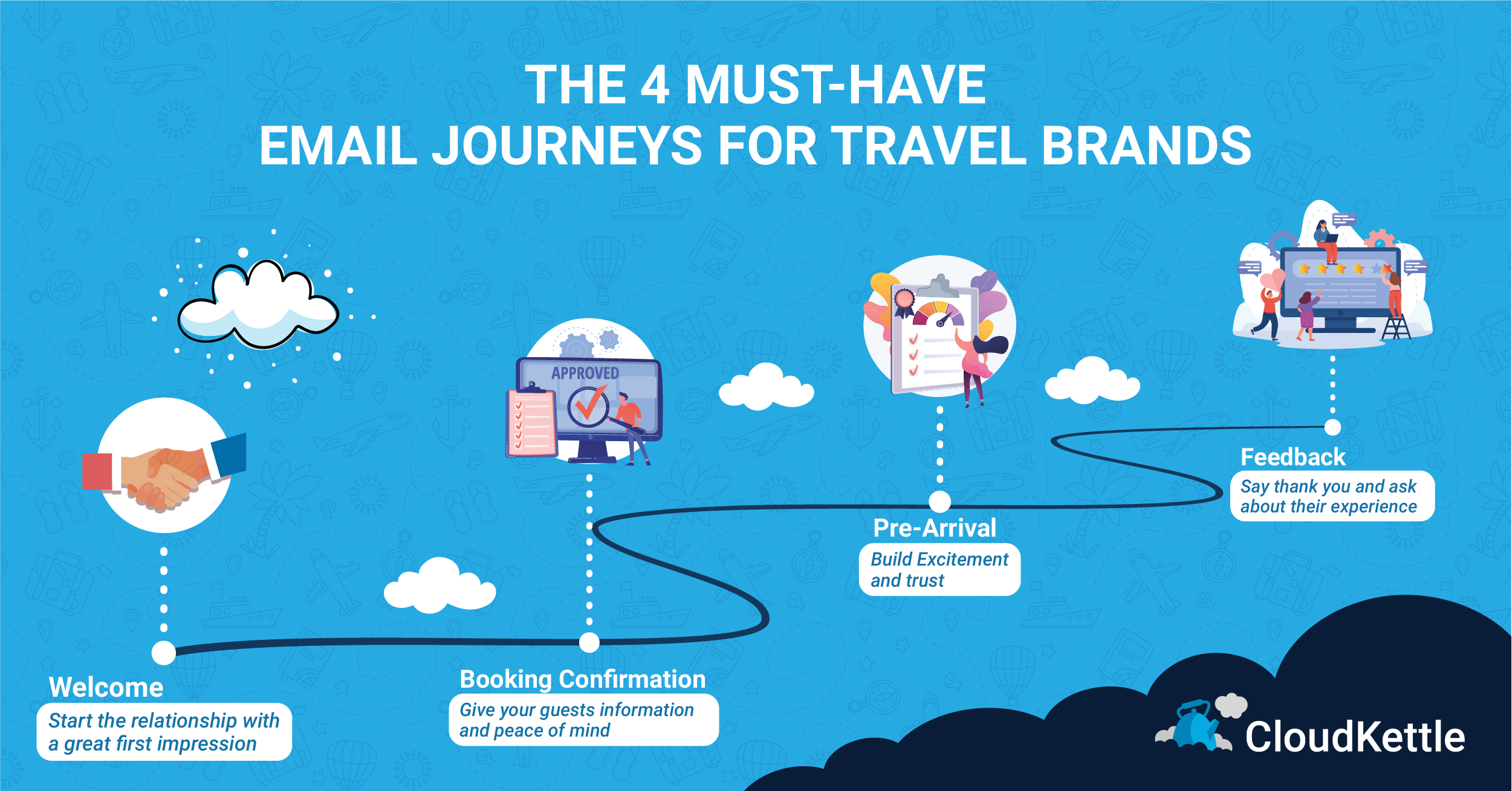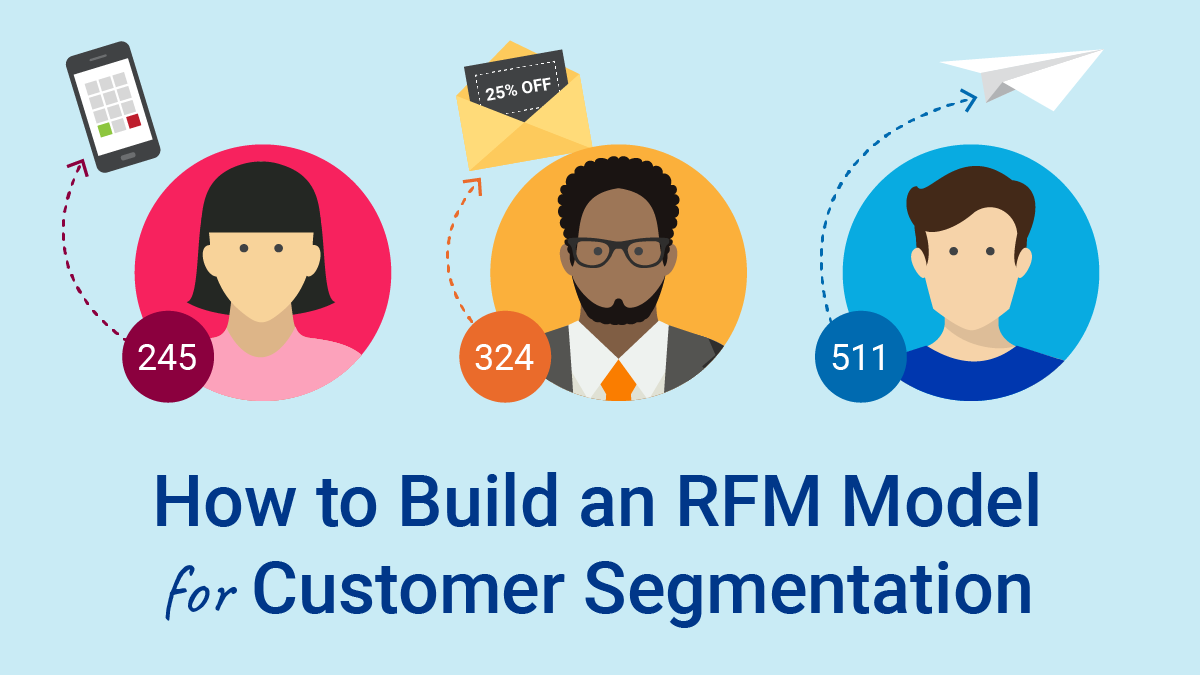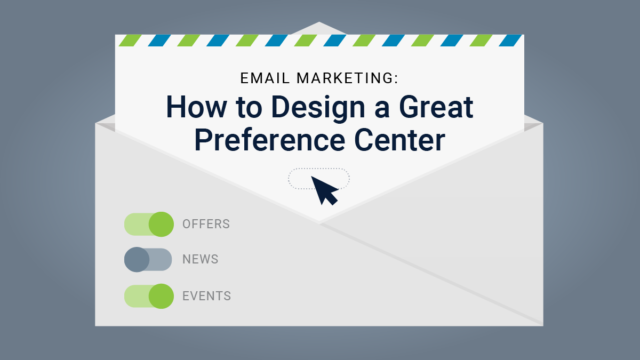Using Salesforce Marketing Cloud To Deliver Relevance
Travel is back in the collective consciousness and executives in the tourism industry need to meet travellers where they are right now – their inbox. This is where consumers spend up to 2.5 hours a day, and, if your brand delivers the right message at the right time, you may have another reservation to add to your growing list.
Automated journeys are incredibly valuable to consumers because they are both timely and relevant, providing the recipient with information based on an action they took. With this functionality travel brands can automate emails, texts, and in-app messages based on a subscriber’s behaviour, specific signal, or purchase history. These triggered sends can confirm payments, send out reminders for travel dates, and provide essential flight and hotel information. On the brand side – manual work is reduced, upsell opportunities are created, and customer satisfaction is increased.
According to a new report from the World Travel & Tourism Council (WTTC) travel brands should be ready for a banner 2022, projected to be an even more popular year for trips than before the pandemic. Add to this that Airbnb recently announced its best fourth quarter and year yet, as revenue climbed 78% year-over-year, beating pre-pandemic bookings. This rebound is further supported by changing travel patterns and increasing reservation length thanks to remote work – typical bookings are now made anywhere from one week to three months or more.
Triggered emails generate 5x the response rate of regular email sends and 75% of marketers rate automated emails as effective or very effective, according to Salesforce. As travel bookings pick up steam, there are 4 journeys that top marketing executives are prioritizing as part of their customer experience campaigns:
1. Welcome Journey – The customer relationship starts here. This is your chance to make a great first impression, make it count by offering:
- First and foremost, a warm welcome.
- Confirmation that they are now part of your subscriber list.
- Content and cadence expectations.
- Tone and personality expectations. Content should be written with a friendly and light tone, meant to engage and retain your audience for future sends.
This message is triggered as soon as someone subscribes to your email list. Be sure not to frontload the first send with all your travel tips and deals. The purpose of this journey, containing 3 or more messages, is to offer new subscribers bite-size pieces of information that redirect to your website so they can learn more. People may spend three to six months planning before they book a trip, so apply the steps of that customer journey (dream, plan, book) to your welcome campaign.
An intermediate example journey in Salesforce Marketing Cloud could look like the journey below – a mix of emails and push notifications. It contains engagement splits based on the subscribers action. Once a subscriber has exited your welcome journey they should continue to receive your more general B2C sends based on appropriate segmentation. For more information on this, check out our RFM Model for Customer Segmentation post.

This automation is also a great chance to begin the upsell process. Before a guest steps foot on the property, entice them with upgrades that showcase offerings they may not have considered. These offers can help personalize their stay and make it more memorable. Popular upsell offers may include room upgrades, airport transfers, local tour experiences, spa treatments, or a bottle of bubbly on arrival.
3. Pre-Arrival Emails – This is a chance to excite your guest about their trip and continue building the trust factor. This journey can be automated and sent out in the following cadence:
- 7 days before check-in – Include a reminder about all travel booking information and build excitement. Showcase your destination expertise by featuring property amenities, packages/add-ons, and trusted tourism partners. If inventory allies, this is also a great time to encourage room and package upgrades.
- 3 days before check-in – Start to capture guest data before they arrive, ask guests if they prefer extra towels, a room on a higher floor, or wish to be close to an elevator. This will help you exceed customer expectations and start to build out the customer’s profile.
- 1 day before – This email or text is a quick reminder about check-in and to provide helpful information around arrival expectations, like parking. This is also a last chance to share upsell opportunities.
4. Feedback Emails – 24 hours following check-out, this email should be triggered. Follow up to say, “thanks” and show that you truly value your guests’ business. This is also a good time to ask for feedback about their experience, communicating that you’re willing to make changes based on guests needs and preferences. The submitted information should be added to their customer profile so that when the guest returns you can continue to add to preferences to better serve them.
Are you a travel brand or B2C company looking to map and automate your email journeys? Get in touch!




